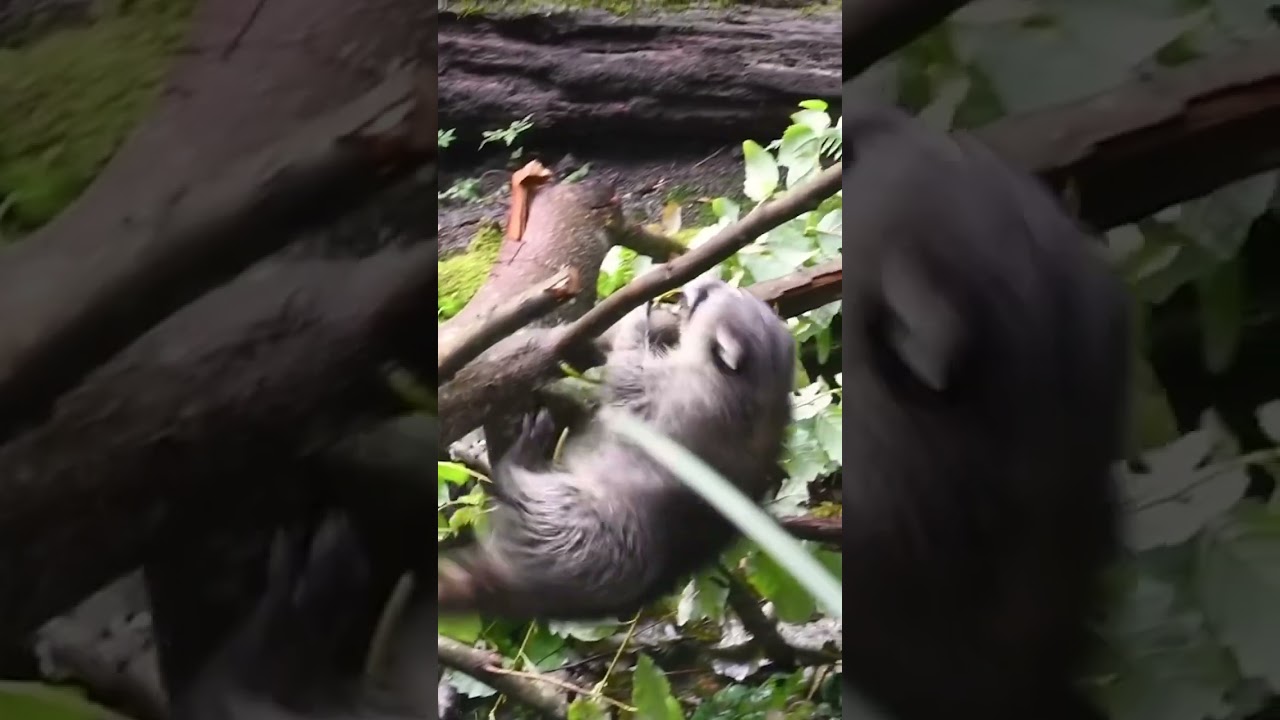- The intricate balance of zoo management and its impact on wildlife conservation efforts globally.
- Advances in zoological science influenced by unforgettable moments and breakthroughs this year.
- The role of technology and innovative practices in enhancing zoo environments and animal care.
- Collaboration between zoos and conservation organizations to safeguard endangered species.
- Engaging the public in conservation education through unforgettable experiences at zoos.
Over the past year, the field of zoology and zoo management has seen transformative moments that resonate globally, marking significant strides in wildlife conservation. By understanding these pivotal events, we can appreciate the intricate balance between preserving biodiversity and fostering public appreciation for wildlife. This artful synergy between scientific research, environmental stewardship, and zoo management strategies not only nurtures animal well-being but also encourages global conservation efforts.
Zoo management is a multifaceted endeavor requiring adherence to strict ethical guidelines and scientific understanding. Managing a zoo involves maintaining a delicate balance between animal care, visitor experience, and educational outreach. Zoos are not mere attractions; they are vital arenas for conservation and education. This year, organizations around the world have implemented groundbreaking initiatives that have changed how we perceive and operate zoos. These initiatives have focused on enriching animal habitats, promoting breeding programs, and enhancing the welfare of the animals that reside there. Moreover, these efforts have not only benefited individual species but have ignited public interest and fostered greater empathy towards wildlife conservation.
Scientific advancements within the field of zoology have flourished this year, spurred by unforgettable moments and breakthroughs. One such advancement involves the genetic mapping of endangered species, offering insights into their evolutionary history and aiding in strategic conservation efforts. The use of non-invasive technology, such as drones and remote cameras, has provided researchers with new ways to monitor wildlife behavior without human interference. These tools have been central in identifying stressors and tailoring interventions to improve animal welfare and reproductive success.
Innovations in technology have also paved the way for more effective zoo management practices. Smart habitats equipped with environmental sensors ensure optimal conditions for captive animals, thereby reducing stress and enhancing well-being. Technology facilitates data collection on habitat usage, feeding habits, and social interactions, providing zoo staff with essential feedback to optimize care routines. Digital platforms and virtual reality experiences now serve as invaluable educational tools to convey the importance of conservation efforts to a wider audience, even those unable to visit in person.
The collaboration between zoos and international conservation organizations has reached new heights this year, addressing the urgent need to protect endangered species. Breeding programs for species such as the Sumatran rhinoceros, Amur leopard, and mountain gorilla have seen increased success thanks to shared expertise and resources. Such partnerships also allow for the reintroduction of captive-bred animals into their natural habitats, bolstering dwindling wild populations and preserving genetic diversity. By synthesizing research and conservation strategies, these collaborations amplify the impact of individual organizations’ efforts.
Public engagement remains a crucial element in endorsing wildlife conservation initiatives. Zoos have crafted rich educational experiences that captivate visitors while promoting conservation messages. From interactive exhibits to storytelling sessions led by caretakers, visitors are invited to connect personally with the animals and understand the broader significance of conserving their habitats. Social media campaigns and virtual tours have further enhanced public access, making conservation education a truly inclusive endeavor. This year’s memorable events have highlighted the key role zoos play in inspiring a new generation of wildlife advocates through interactive learning and empathy-building encounters.
Looking at the broader picture, the progress made during this year bears testament to the power of combining scientific inquiry with dedication to conservation. These unforgettable moments in zoology and zoo management have laid new foundations on which ongoing and future conservation efforts will build. By continuing to advance the science, engage the public, and foster meaningful collaboration, we can secure a future where wildlife not only survives but thrives in harmony with human societies. Each moment, every study, and all shared knowledge unite us in a common cause to preserve the natural world for generations to come.
*****
Source Description


